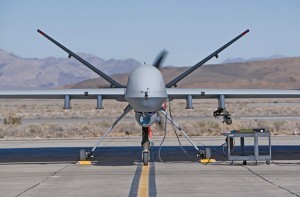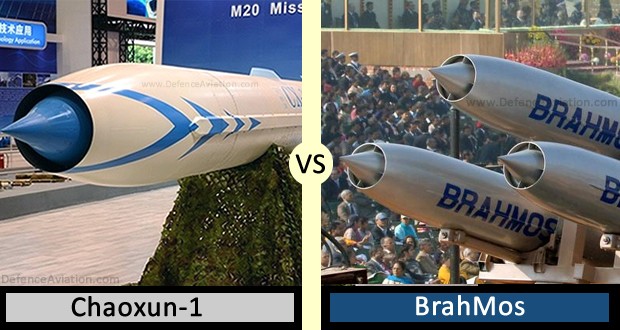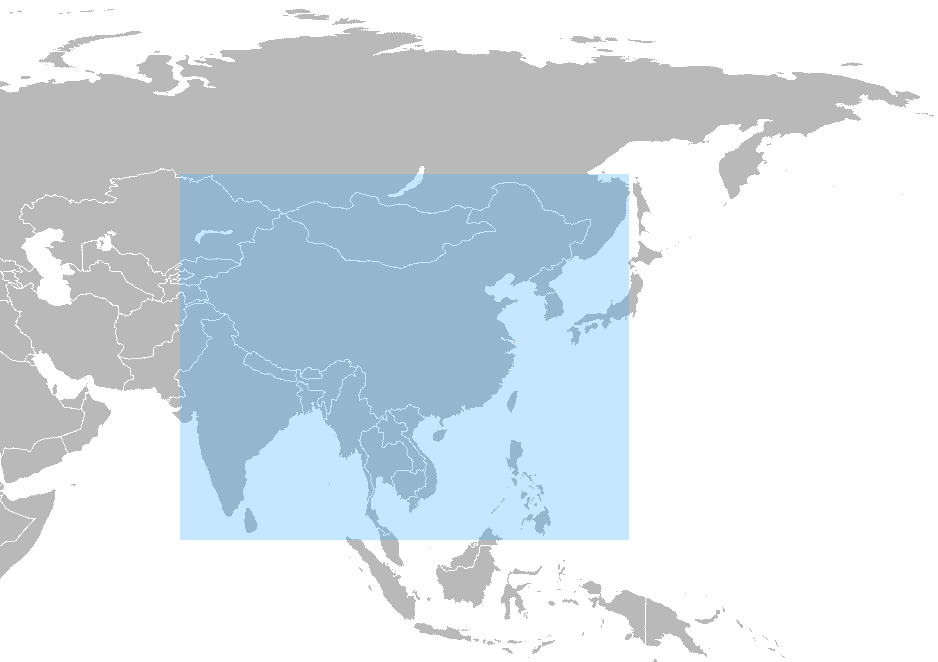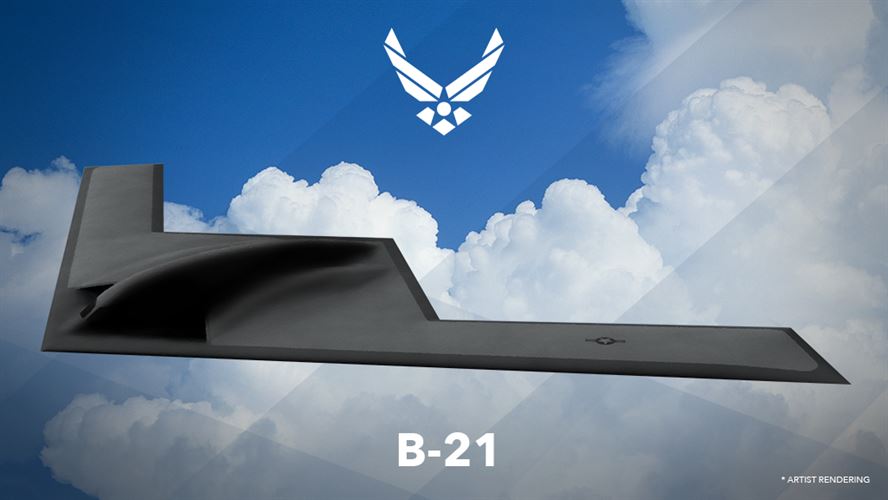 According to new report released on March 2012, American scientists are working on new-generation nuclear-powered unmanned aircraft capable of staying in the air for up to several months. The report said Sandia National Laboratories were working with Northrop Grumman’s unmanned systems division concerning an “ultra-persistent propulsion and power system” for unmanned aerial vehicles (UAV).
According to new report released on March 2012, American scientists are working on new-generation nuclear-powered unmanned aircraft capable of staying in the air for up to several months. The report said Sandia National Laboratories were working with Northrop Grumman’s unmanned systems division concerning an “ultra-persistent propulsion and power system” for unmanned aerial vehicles (UAV).
Recently Federation of American Scientists also said Sandia National Laboratories developed a technology that would allow for nuclear-powered UAVs. Results from Sandia’s research are not being used nor are they being made publicly available. Sandia’s report, written in June 2011, states the tech would “provide far more surveillance time and intelligence information per mission while reducing the high cost of support activities.”
The blueprints for the new drones, which have been developed by Sandia National Laboratories – the U.S. government’s principal nuclear research and development agency – and defense contractor Northrop Grumman, were designed to increase flying time “from days to months” while making more power available for operating equipment, according to a project summary published by Sandia,’ the paper reported.”
They would be similar to a nuclear attack submarines. Solar-powered UAVs, such as Boeing’s hydrogen-fueled Phantom Eye and are not expected to deliver multi-day endurance. This nuclear powered UAV will be designed to stay airborne for months. The new nuclear-powered will not require a costly air base network for refueling and technical maintenance.
According to the Federation of American Scientists (FAS), all signs point to a national laboratory developing nuclear technology to power unmanned aerial vehicles, but before the tech could ever be implemented, the results were prevented from being released due to “current political conditions.” FAS also said that Sandia National Laboratories was working on developing technology that would “increase UAV sortie duration from days to months while increasing available electrical power at least two-fold.”



